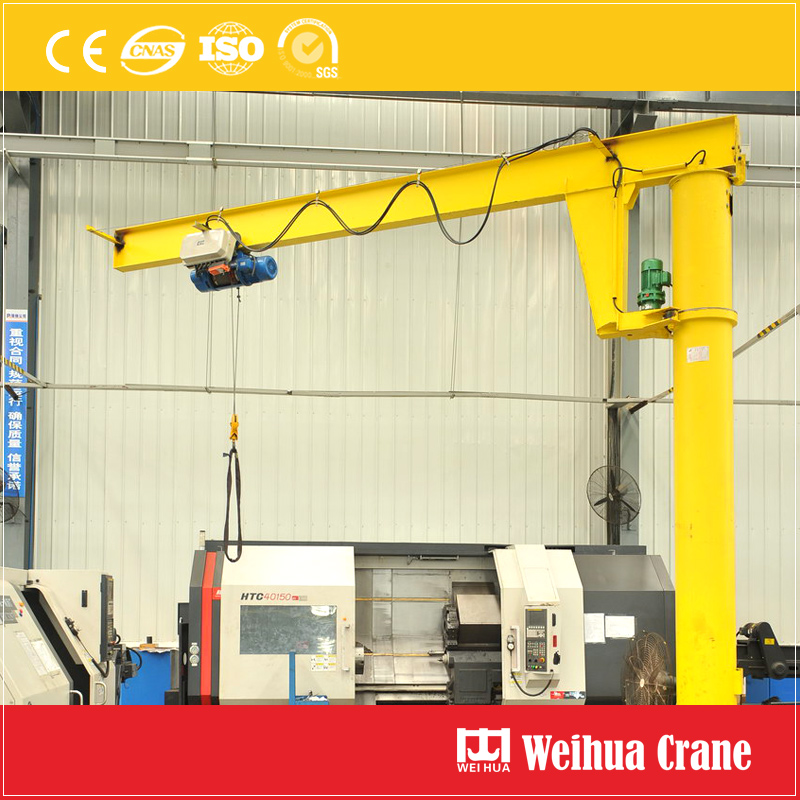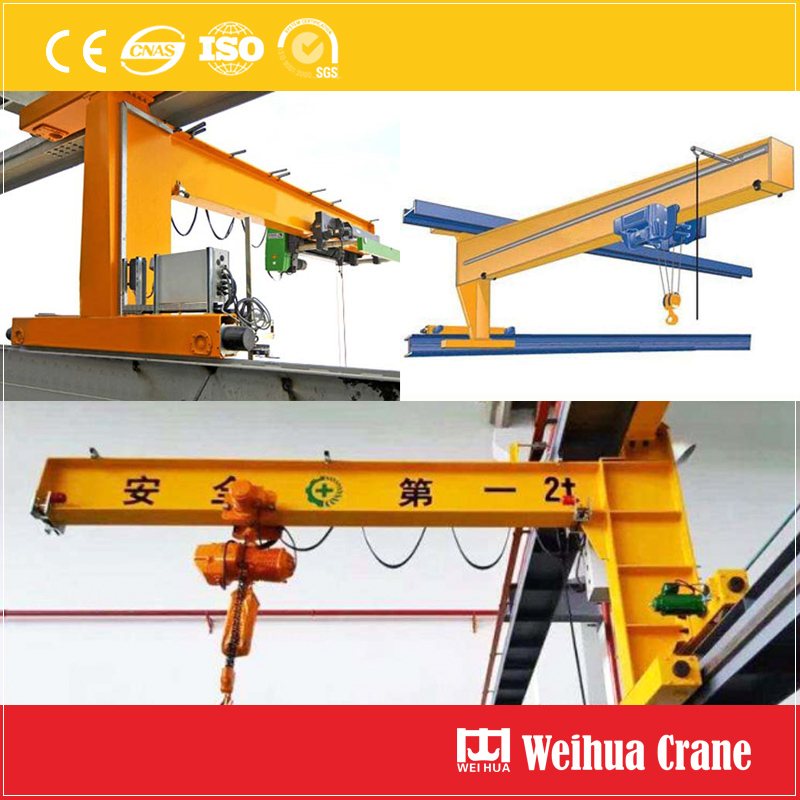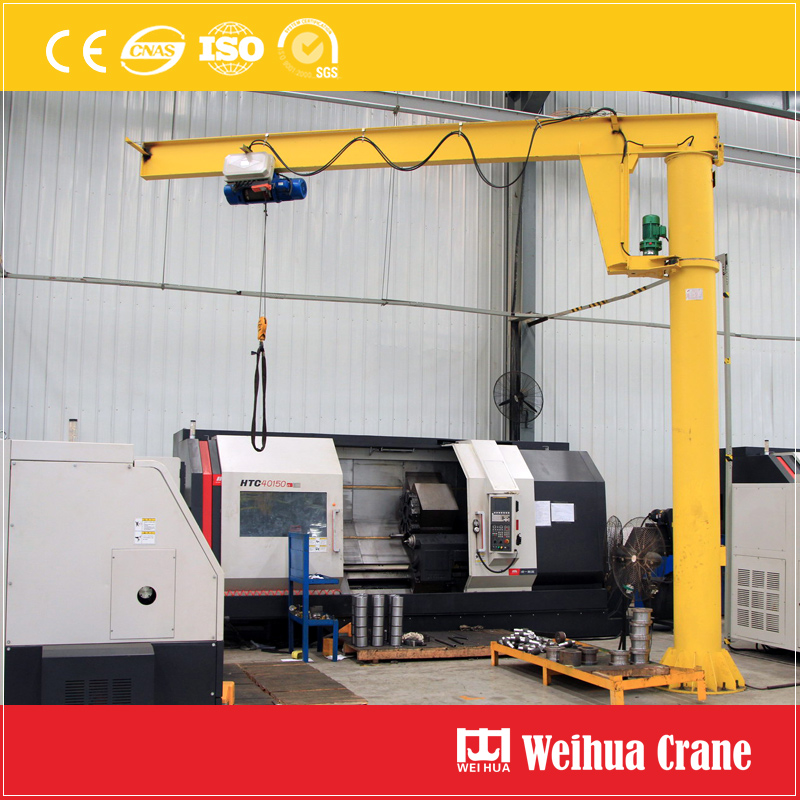[China Agricultural Machinery Industry News] On May 30th, in order to solve the problem of late maturing and premature aging of cotton in Xinjiang, and to promote the early maturity and high yield of concentrated flowering , the cotton light simplified chemical regulation technology training meeting convened by the Cotton Research Institute of the Chinese Academy of Agricultural Sciences, Held in Xinjiang, a cotton-producing place in Aksu. Mao Shuchun: The development of domestic cotton should follow the "two guides"
The soft cotton continues to encounter hard problems. “The planting area has dropped sharply, the labor cost has increased sharply, the purchase price has dropped, and the textile enterprises have complained.†On May 30, the problem of Xinjiang cotton late maturity and premature aging has been solved, and the early flowering and early maturity has been promoted. The theme of high yield, the Cotton Light Simplified Chemical Regulation Technology Training Conference convened by the Cotton Research Institute of the Chinese Academy of Agricultural Sciences was held in Aksu, Xinjiang. Looking through the window from the 12th floor conference room, an open-air cotton transfer yard, the whole package of lint cotton into hundreds of huge squares, stretched across the foot of 1 mile. Unintentional coincidence scenes, the atmosphere of the domestic cotton in the venue, the atmosphere of the domestic cotton outlet increased by a bit of dignity.
What happened to China's cotton? How hard is it? How to crack? The researcher Mao Shuchun of the Cotton Research Institute stood on the platform. The husky Hubei accent that everyone is familiar with was spread throughout the venue: In recent years, China's cotton has shown that it has changed from “three quantities increase†to “three quantities†(“three quantities†refers to Cotton production capacity, cotton planting intentions, textile cotton), and then "one lack of surplus" (domestic high-grade cotton shortage and low-grade cotton surplus) is not optimistic trend. The result is an industry dilemma that “high-cost farmers are reluctant to plant cotton, high-priced textile enterprises cannot afford cotton, and poor quality textile enterprises are reluctant to use cottonâ€. In addition, a large number of imports directly impact domestic cotton production, cotton farmers’ income and cotton textiles. Industry development.
Mao Shuchun’s point of view was immediately answered by Zhang Yong, deputy director of the Agricultural Bureau of Aksu. As a large commodity cotton production base with an annual output of cotton accounting for one-third of Xinjiang and accounting for 1/9 of the country, the rise and fall of cotton is of great importance to Aksu, a southern Xinjiang town with a height of 130,000 square kilometers. "What does Aksu do not grow cotton? In addition to cotton, what can make more money? Peanuts? It is certainly unrealistic." Zhang Yong believes that cotton is always a big advantage in Aksu, where water and soil resources and climatic conditions are unique. What is currently being done is to decisively prescribe the quality problem of "poor consistency and poor spinnability" which is common in cotton, implement the cost-saving project, realize the whole industry chain, let the cotton sell good prices, and the cotton farmers can increase the income, let Cotton spinning companies are vying to buy domestic cotton, which means "to grow our cotton according to our ideas."
Zhang Yong mentioned the "full industry chain embrace group", referring to the "National Cotton Industry Alliance" that the Cotton Research Institute is leading. According to Huang Qun, Director of the Institute for the Transformation of the Institute, this action is in line with the major layout and requirements of the Ministry of Agriculture on promoting the construction of the National Agricultural Science and Technology Innovation Alliance. Under the leadership of the Chinese Academy of Agricultural Sciences, it will unite the national cotton research and production. The promotion, processing, spinning and agricultural materials, agricultural machinery and other related advantages units have been established. At present, the “Union Science and Technology Park†has been built in the three major cotton areas of Northwest China (Xinjiang), Yellow River and Yangtze River, and relevant work is progressing steadily.
The establishment of the "National Cotton Industry Alliance", Huang Qun said that it is the low tide and bottleneck of China's cotton. He analyzed that the root cause of various discomforts in domestic cotton is that production and demand are out of line, the main links of the industry are fighting each other, the technical coordination and cost control in the middle and lower reaches of the industry chain are out of synch, and the synergy effect is poor; However, the cost is also high, and the quality of cotton cannot guarantee the supply of cotton to cotton spinning enterprises. The formation of cotton production and prices fell, causing cotton planting costs and prices to hang up, cotton prices domestic and foreign upside down, domestic quality and quantity upside down, resulting in a serious shortage of high-grade cotton, a serious surplus of low-grade cotton, "foreign goods entering the market, domestic goods into the warehouse ".
Taking the relevant links and advantageous units of the cotton industry to coordinate and cope with the grim and urgent challenges of the situation, it is not only to reverse all kinds of unfavorable situations, but more importantly, let the cotton industry in China follow the structural reform direction of the agricultural supply side and embark on a sustainable self. Develop a new road. Mao Shuchun said that to follow this path, we must follow two "guides": one is to use the "medium quality" cotton industry to develop, and to promote the quality of cotton with supply-side structural reform; one is to use "three-oriented" ( Light simplification, mechanization and organization) The development of modern cotton planting industry.
(Original title: domestic cotton, developed with medium quality industry)
Jib cranes can be floor jib cranes and wall jib cranes. Floor Jib Crane is a floor fixed column jib crane for workshop, warehouse, wharf, etc. Wall cranes can be wall fixed jib crane and traving jib crane on wall rails, which needs no floor space and girder or beams like Bridge Crane, thus saving workshop space.

Jib crane is light crane for small capacity material handling commonly used at workshop, warehouse, wharf, production line, manufacturing production line, etc.
Jib crane capacity: 1t - 10t or custom
Lift height: 1m - 12m or custom
Work duty: A5, A6 or custom

Weihua provides different jib cranes with different specifications. Just tell us your working site condition, we will provide you with the professional products and solutions. Welcome to visit us.

Jib Crane
Crane Rail,Jib Crane,Slewing Jib Crane,Floor Fixed Jib Crane
Henan Weihua Heavy Machinery Co., Ltd. , https://www.weihuacranefactory.com



